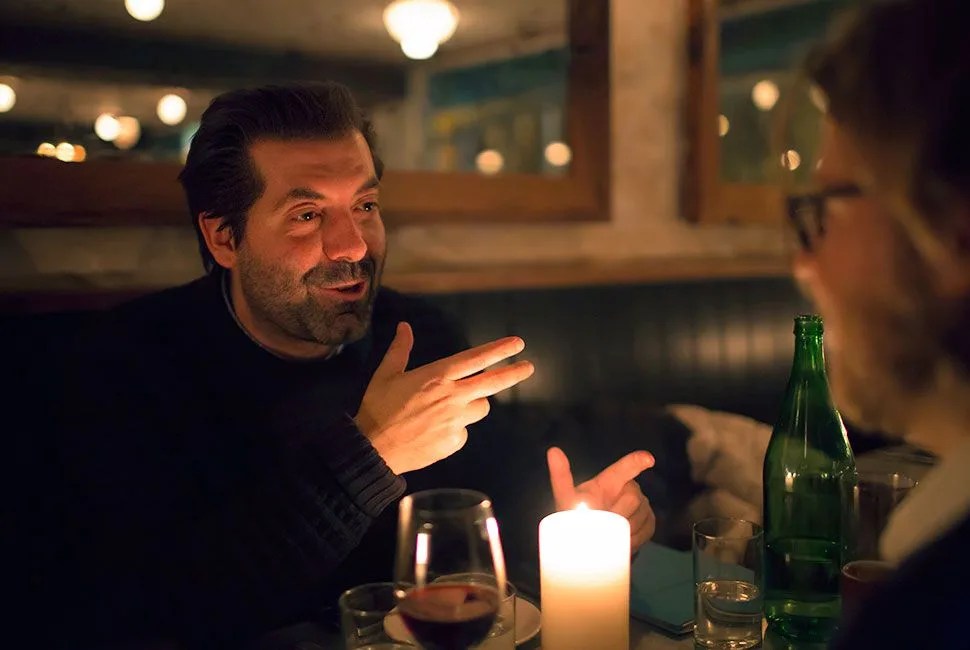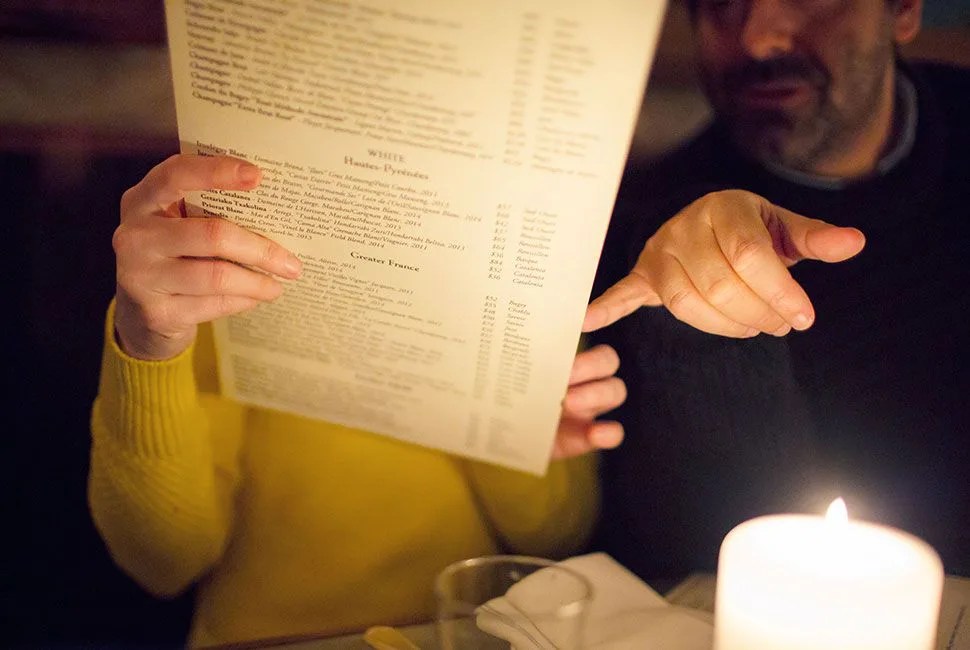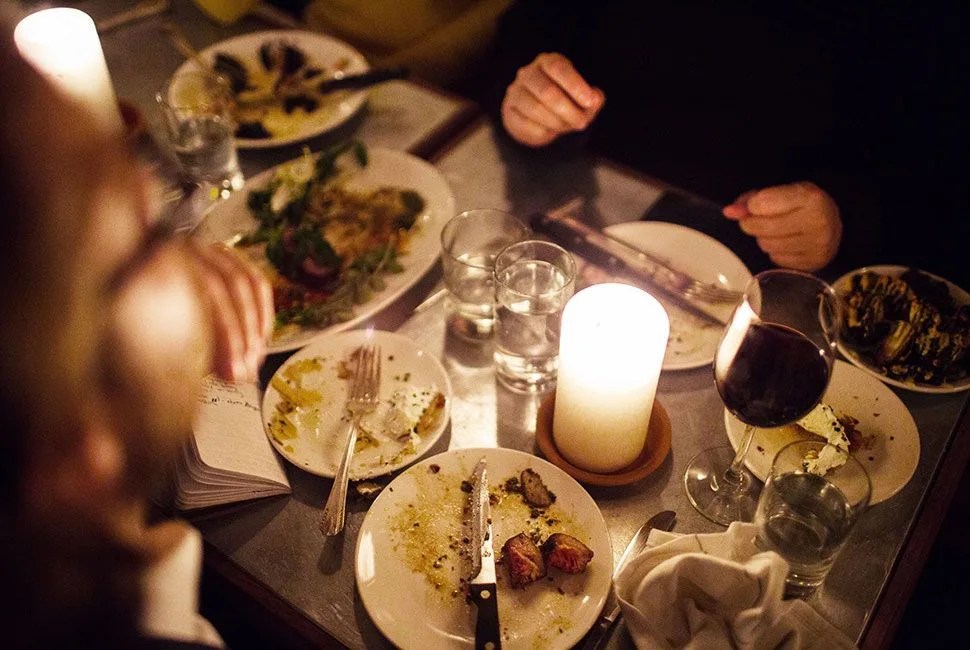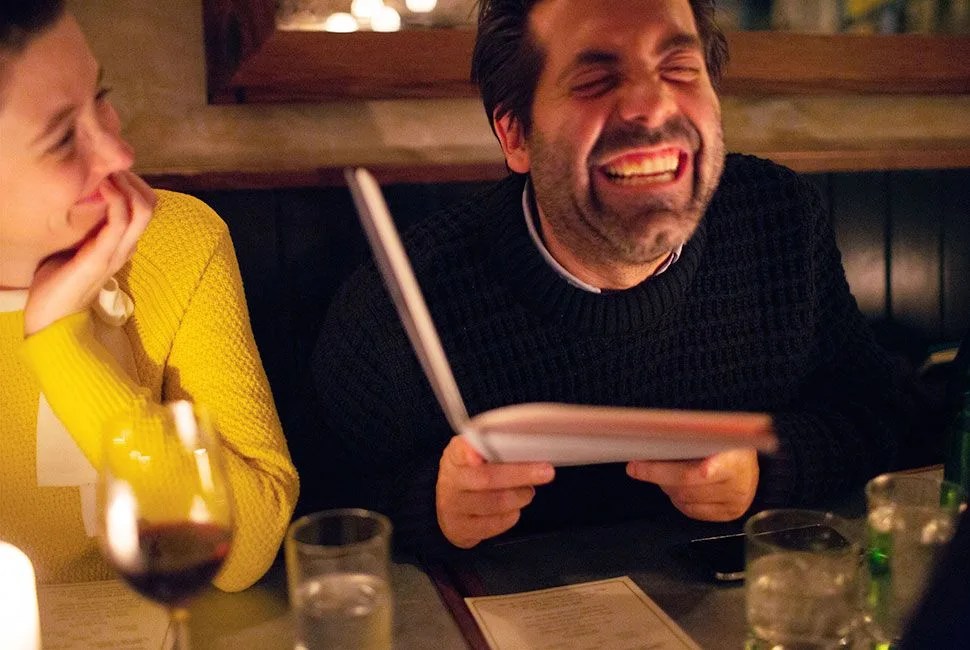Sebastien Montabonel’s jacket is plastered with a single photograph of a mountain. It is identical to the original print, which hangs in his home, Montabonel says. The “Blackout” series by British landscape photographer Dan Holdsworth. Very famous.
As we take our seat amid a wash of candlelight at the French bistro Cassette in Greenpoint, Brooklyn, it strikes me that, on its face, this might seem an odd choice of attire for an art consultant. In a few short years, Montabonel’s made a name for himself in the art consulting world by raising awareness to the plight of an English city’s art museums; he’s looking for solutions to fix Europe’s broken museum funding system by working with private collectors; and if he has his way, he’ll make a mark on the future of museums worldwide. And yet he’s comfortable wearing a photograph, much like the ones he and his clients spend millions on, as a style piece.
To be fair, it’s a really cool jacket.
Later, after smoked duck and lamb and several glasses of vodka, which he says he enjoys because its buzz is similar to the high of hard drugs, I ask Montabonel what his own personal collection would look like — what would he tell his own art consultant? He is triumphant.
“I would have a small collection,” he says. “Maybe eighty works. But I would do everything opposite to what they say I should do. Because I don’t give a shit. It’s only pleasure. My needs are very different than my clients’.”
Just a short while later, after a story about bringing “the whole art world” and “princesses, royalty” to his local strip club, Montabonel leans forward in his seat, locks eyes with mine, and soothsays the future of the art world with utmost earnestness. “In five-hundred years historians will look at this era as one of massive transition,” he says. “We could lose everything. The shift that’s happening now for humankind has never been as big. Maybe the last time we had this was when we discovered how to make fire.”
I’m having a hard time figuring out Sebastien Montabonel.



